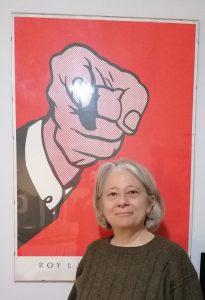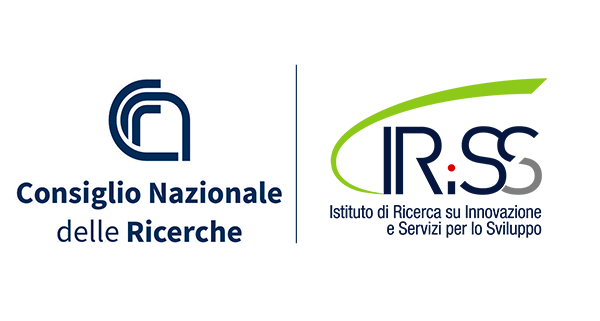This is a Massive Open Online Course on the topic of Feminisation of Politics, with a deep dive into questions of Care, Resources and Power. Each module develops these themes through different elements: videos, interviews, documents and other references that will help to explore these topics further.
 Interview to Maria Patrizia Vittoria, CNR-IRISS, within the Module 3, “How to reach the means for Feminists objectives?”
Interview to Maria Patrizia Vittoria, CNR-IRISS, within the Module 3, “How to reach the means for Feminists objectives?”
Q: We know that feminism is also about redistributing resources and securing practical means to claim and experiment with non-patriarchal practices. Control over this crucial material and non-material resources gives us empowerment, which is the right to determine our choices in life and influence the direction of change. In the course of our project, we have realized that many participating organizations do not have enough resources to ensure the people engagement.
How can these tools bring to a different way of understanding economy, production and resources? We have tried to reflect on this points starting from the experience of Urban Commons, which have been all around Europe a way to subtract public real estate to speculation and make it a share means of production.
To talk about these issues, today I am with Roberto Sciarelli and Maria Patrizia Vittoria, who are both components of the Observatory on the Commons in Naples, Italy. Roberto is researcher in political sciences and activist in Scugnizzo liberato in Naples, and Maria Patrizia is an economist at the CNR-IRISS.
So, Maria Patrizia, do you think that Commons are a resource for marginalized subjectivities? What kind of value do they produce?
A: Yes, I think that it is in the basic nature of these informal organizations. The open and informal accessibility to the groups is the real condition for the “good” and effective participation. Only those who informally accede to the groups can give all his/her strength to pursue the finalization of the action. Thus, these groups have the potential to include a great number of people and to succeed in reach their objectives.
Q: How do Commons entail a different organization of the production of this value?
A: It is all in the “big secret” of the real participation, the effective crucial key of the Commons’ action. It is a Commons’ value added contribution, which is currently not jet estimated. To give a market value to the participative and volunteer labor put into, for example, running the site is complicated. On the issue, there are some early proposals but not a unique and universally shared technique.
Q: How can we make this value visible?
A: It is a complex process. It entails with the making visible-the-invisible-work done. To give my personal view, I think that the more powerful analytical tool in the field is the Social Network Analysis (SNA). At the same moment, I know that the SNA is well implemented when the organization’s value chain is revealed and clear. Therefore, at a more general level, we can say that the most important think, in approaching the ‘making visible’ process is to have made a good literature survey in the specific field of Commons’ Value (CV). Only by accessing the different ideas produced about CV, one can reach the inner convincement functional for choosing the measurement techniques. For example, there is a big difference, which is evident in literature, between the Ostrom’s success concept always referred to the natural commons with respect the case of organizational efficacy and environmental adaptation implementable to the Urban commons cases. In addition, there are many differences also when we talk about the microeconomics of communities and the analysis about the role of a single common within a larger action context, for example, in urban governance matters.
More info


 Interview to Maria Patrizia Vittoria, CNR-IRISS, within the Module 3, “How to reach the means for Feminists objectives?”
Interview to Maria Patrizia Vittoria, CNR-IRISS, within the Module 3, “How to reach the means for Feminists objectives?”
Devi effettuare l'accesso per postare un commento.